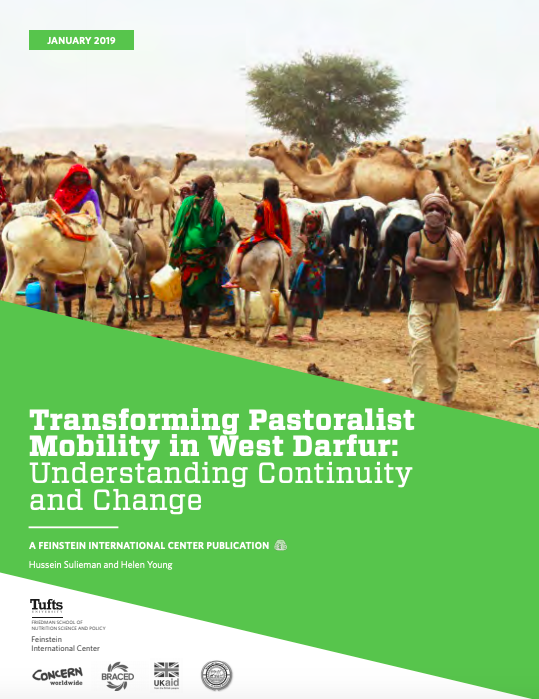Earlier studies have shown that pastoralist mobility offers significant advantages in drylands by enabling herds to access the best-quality grazing over the course of a year. These patterns of mobility face many challenges and are changing. This study focuses on livestock movement in West Darfur, Sudan. It uses GPS tracking to illustrate mobility during the hot dry season and the rainy season. We find that compared with the past, grazing zones are retracting closer to home areas. The report proposes a typology of livestock movements and describes the ways in which herders are responding to challenges related to pasture, water, and conflict and also to livelihood activities. We present provisional recommendations to serve as the basis for further discussion.
This study was funded by the UK government, however the views expressed do not necessarily reflect the UK government’s official policies.







